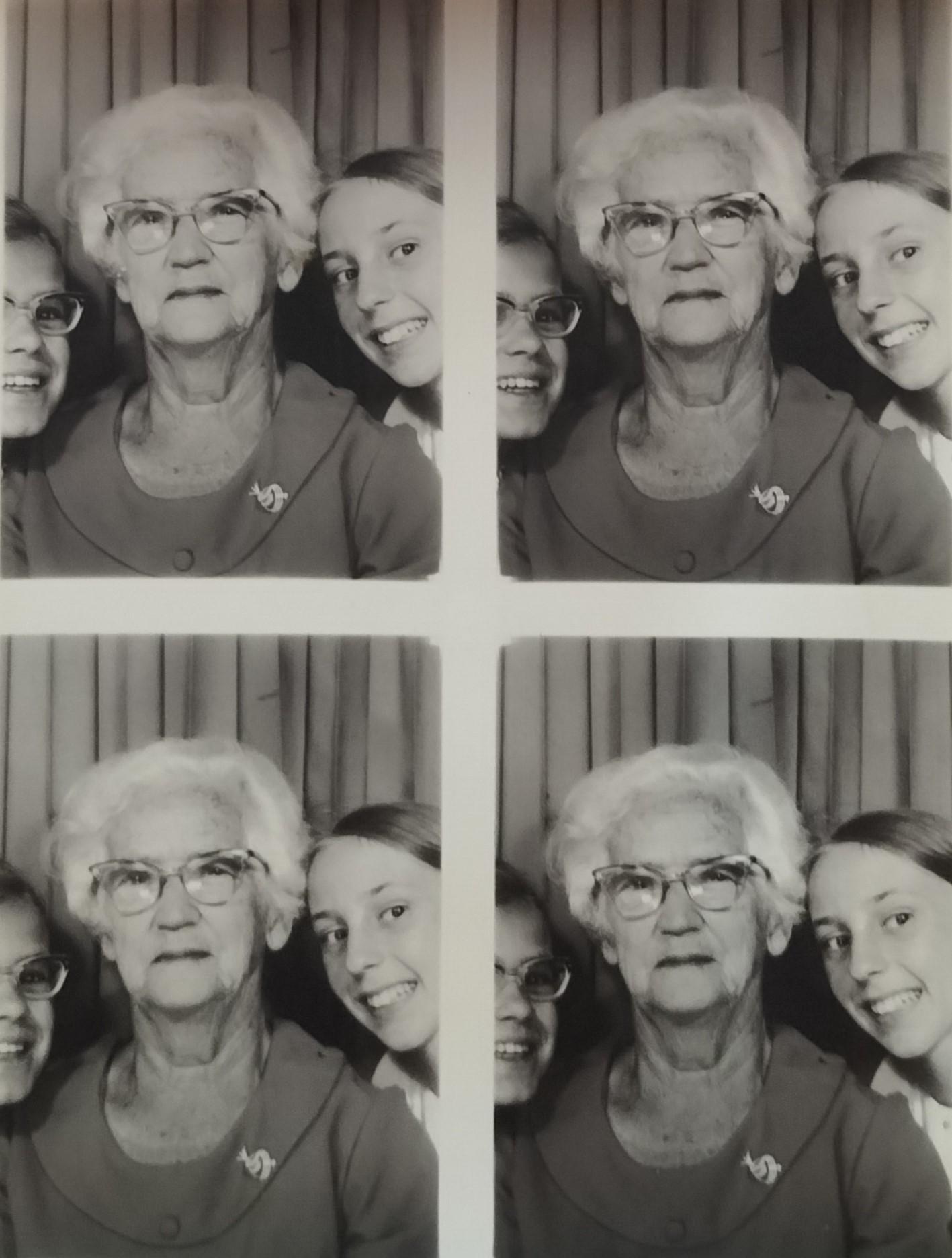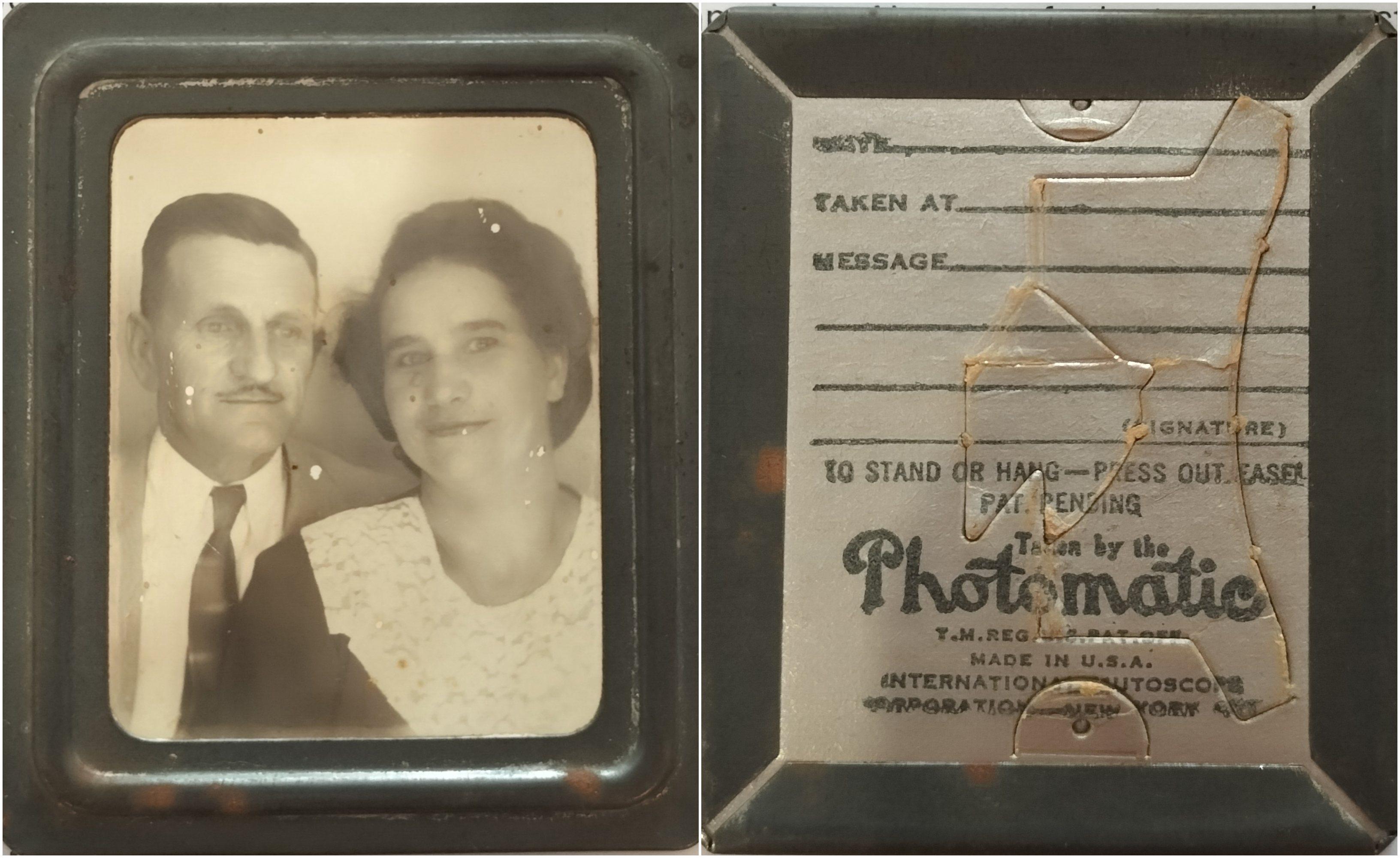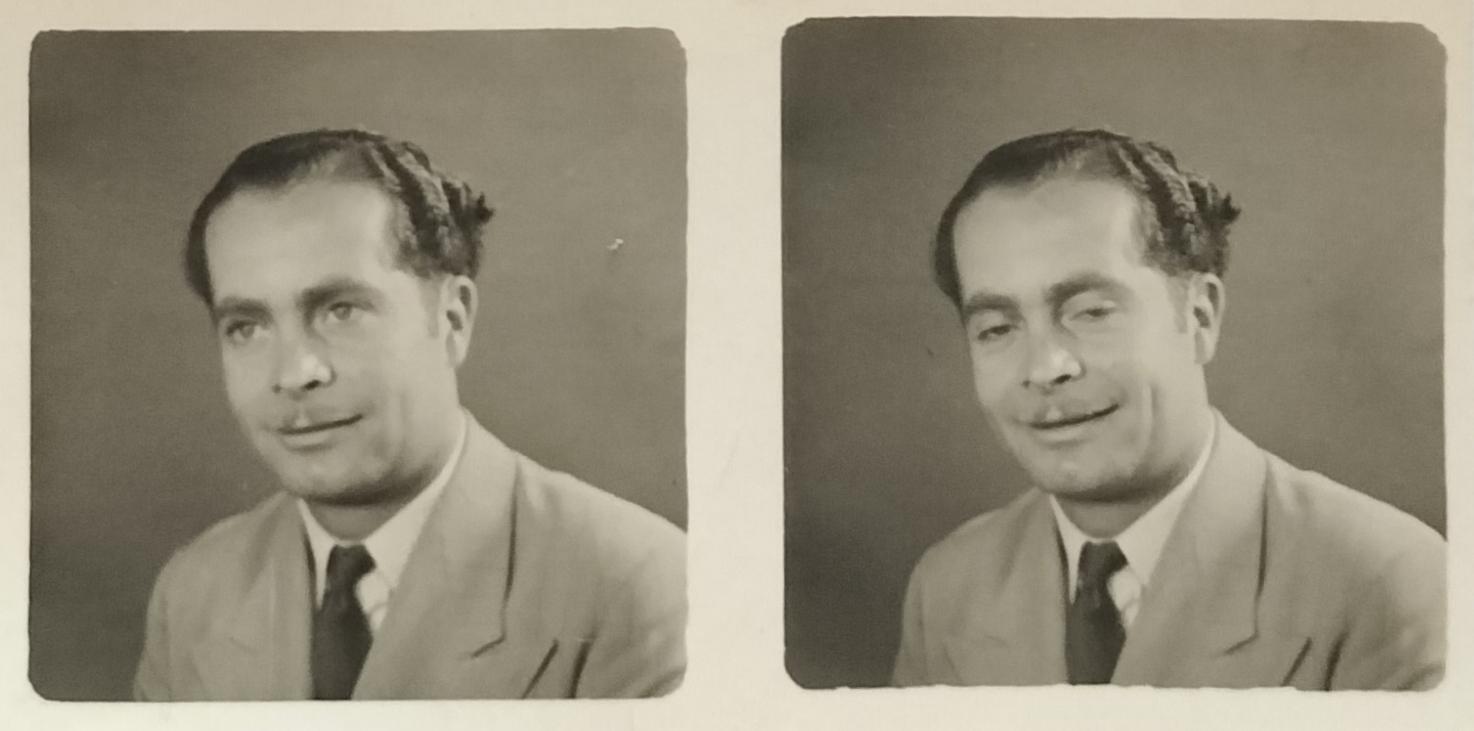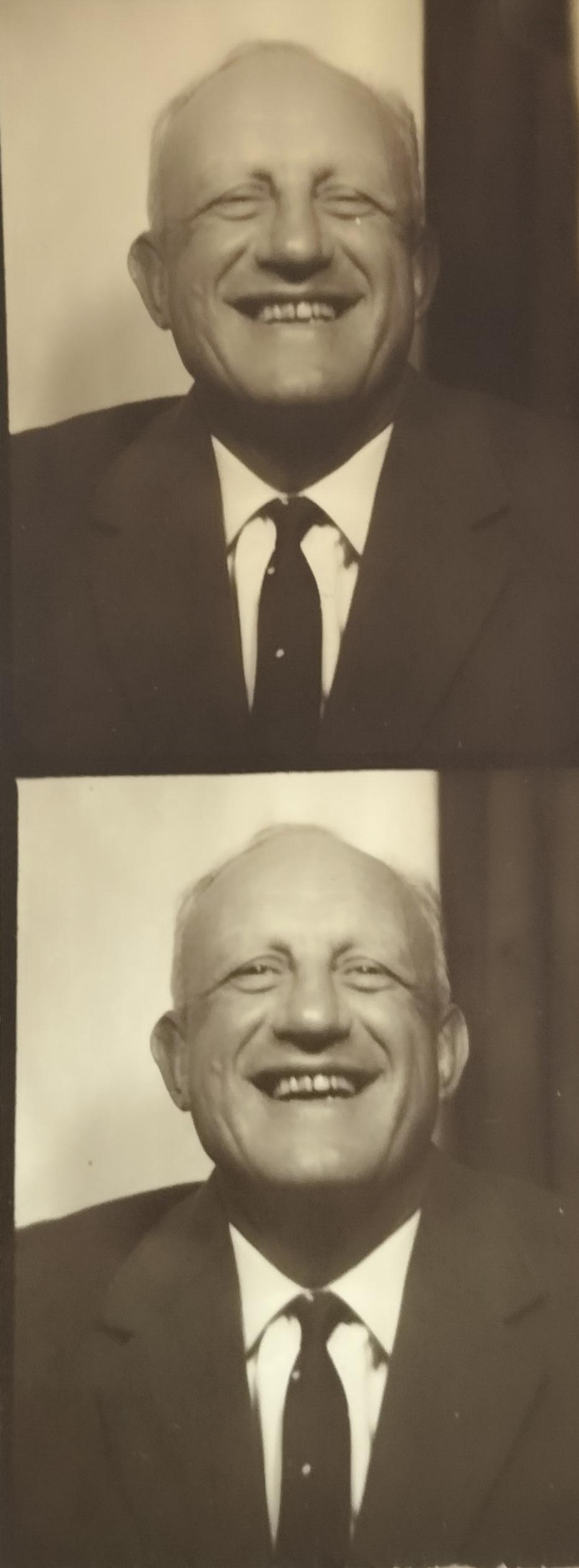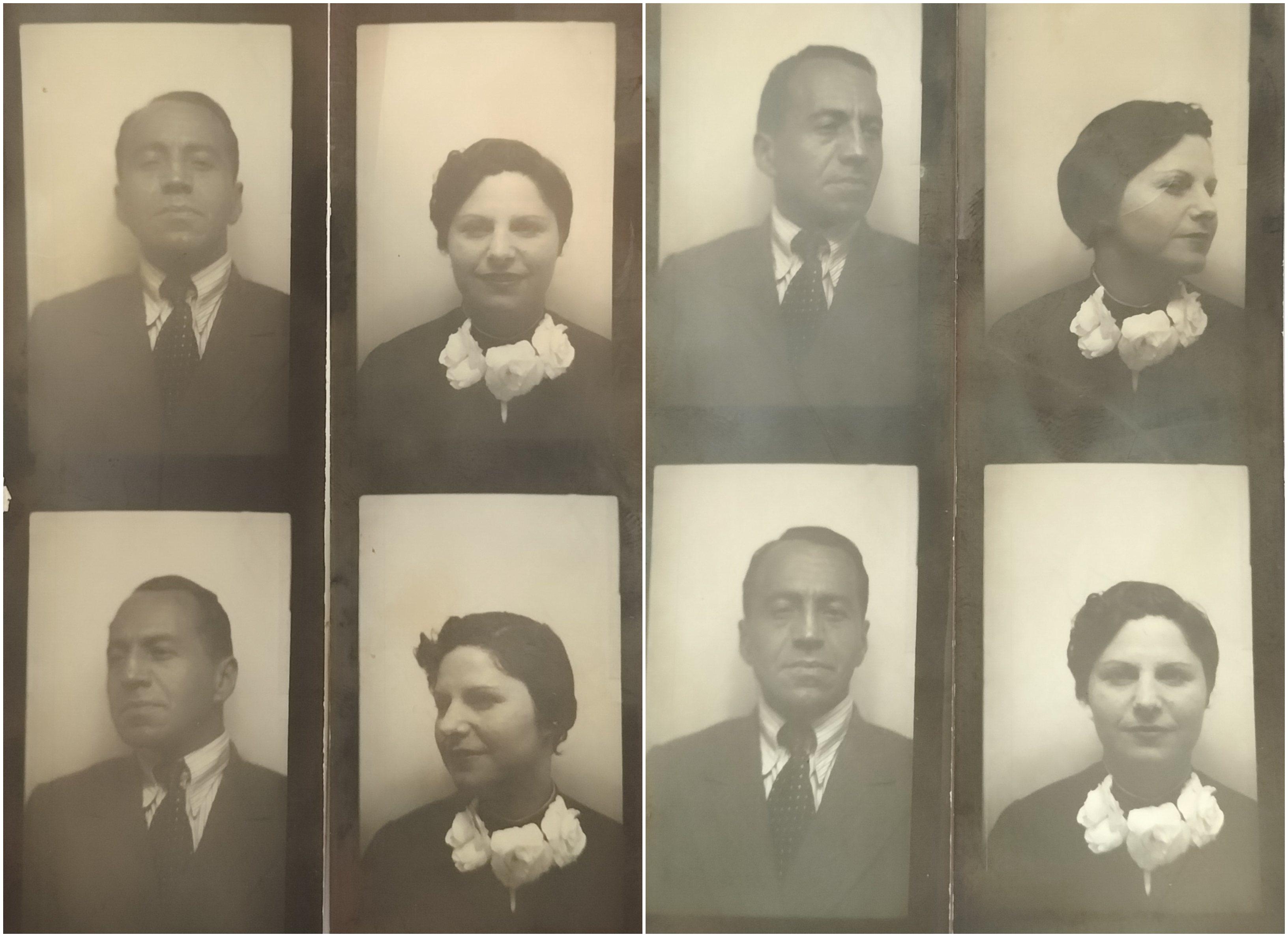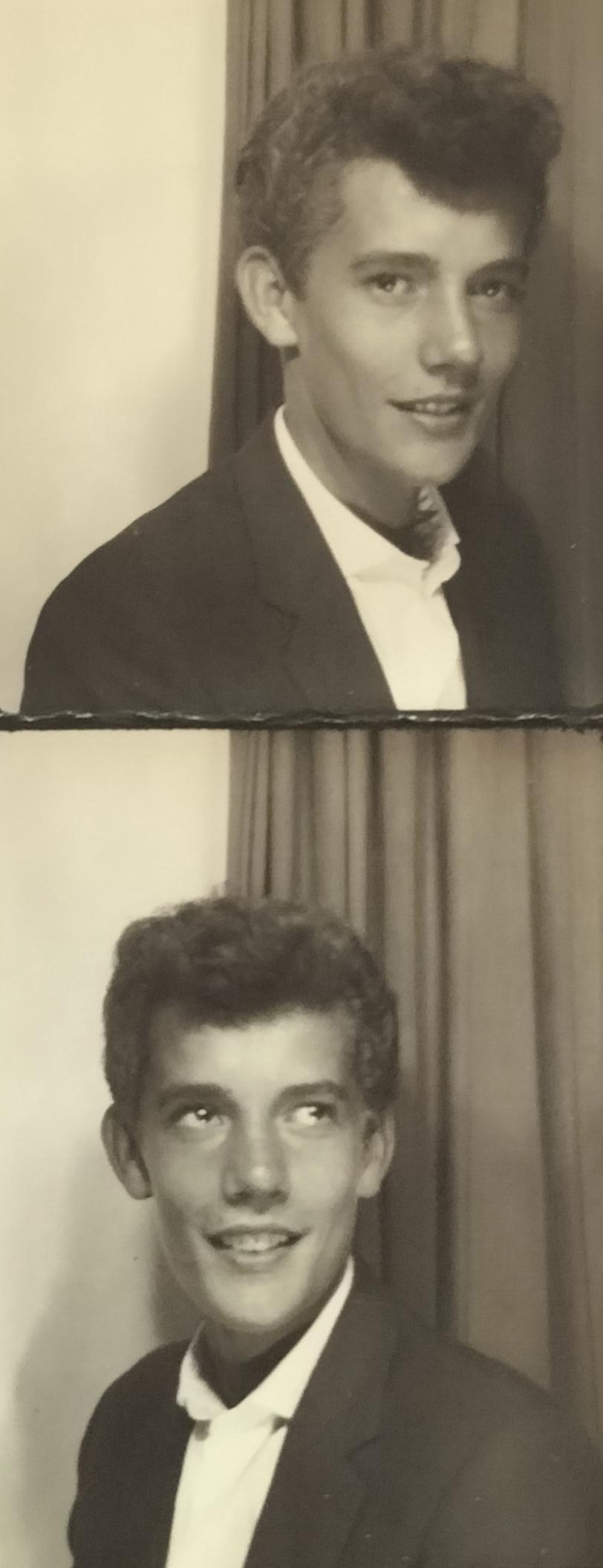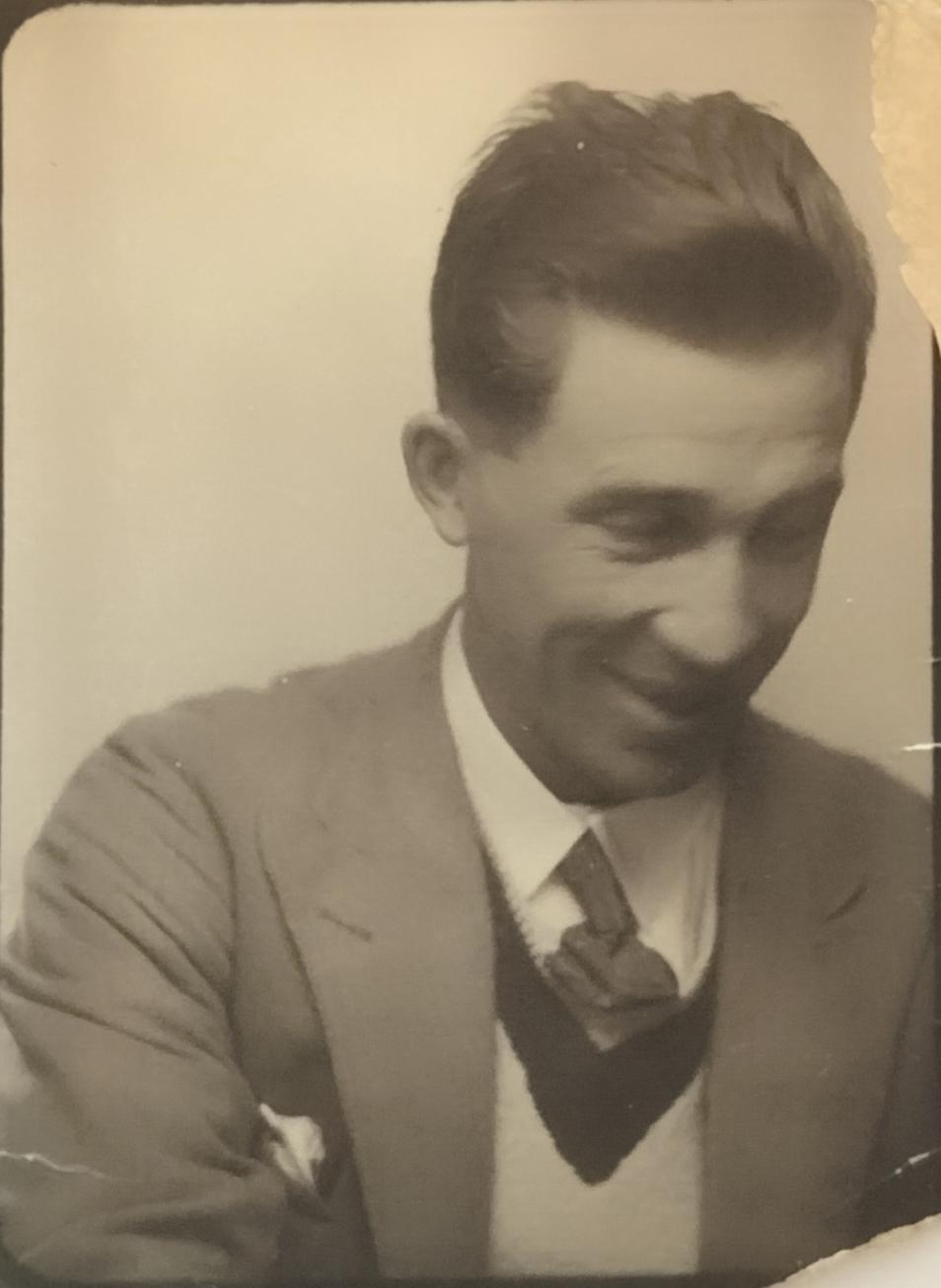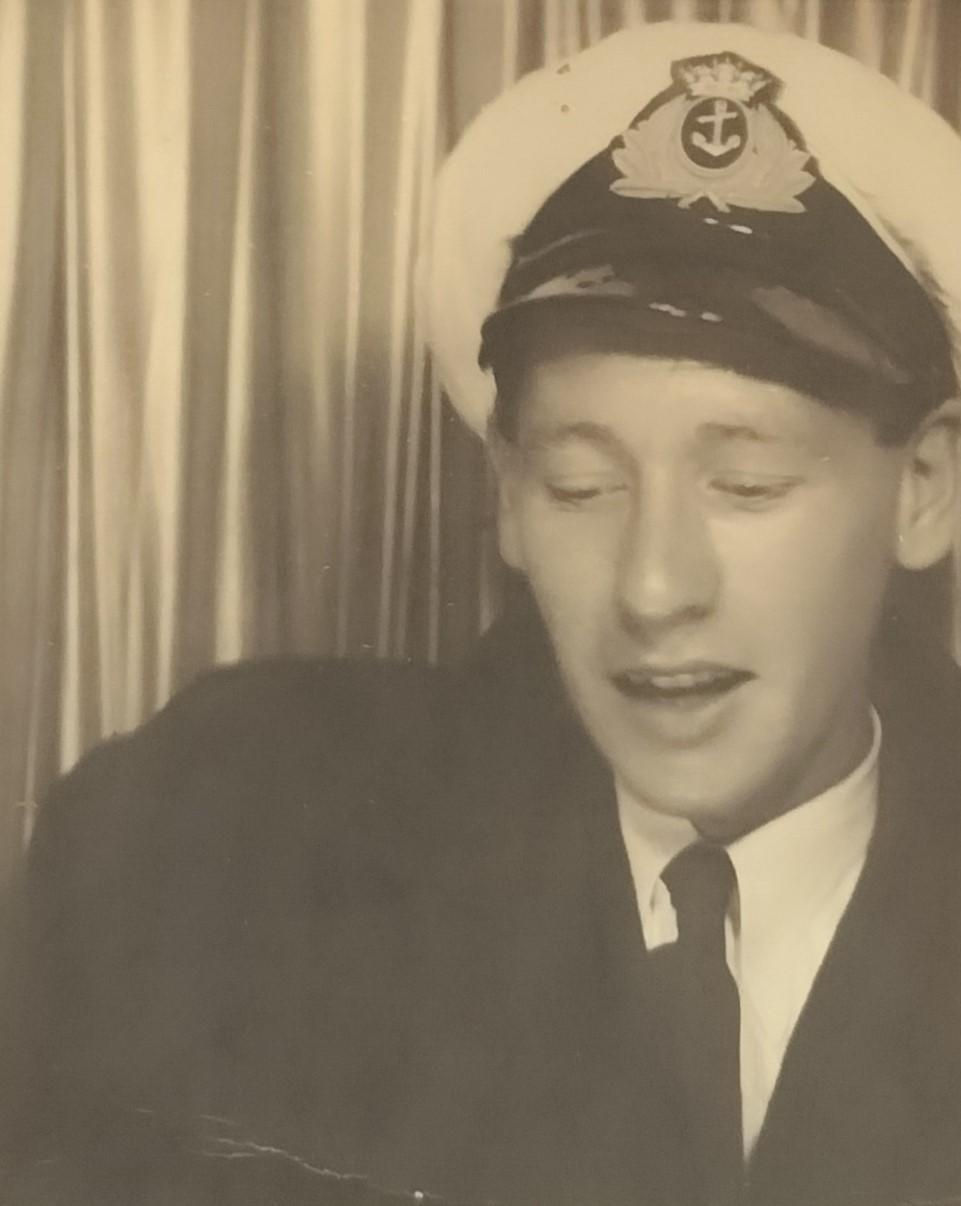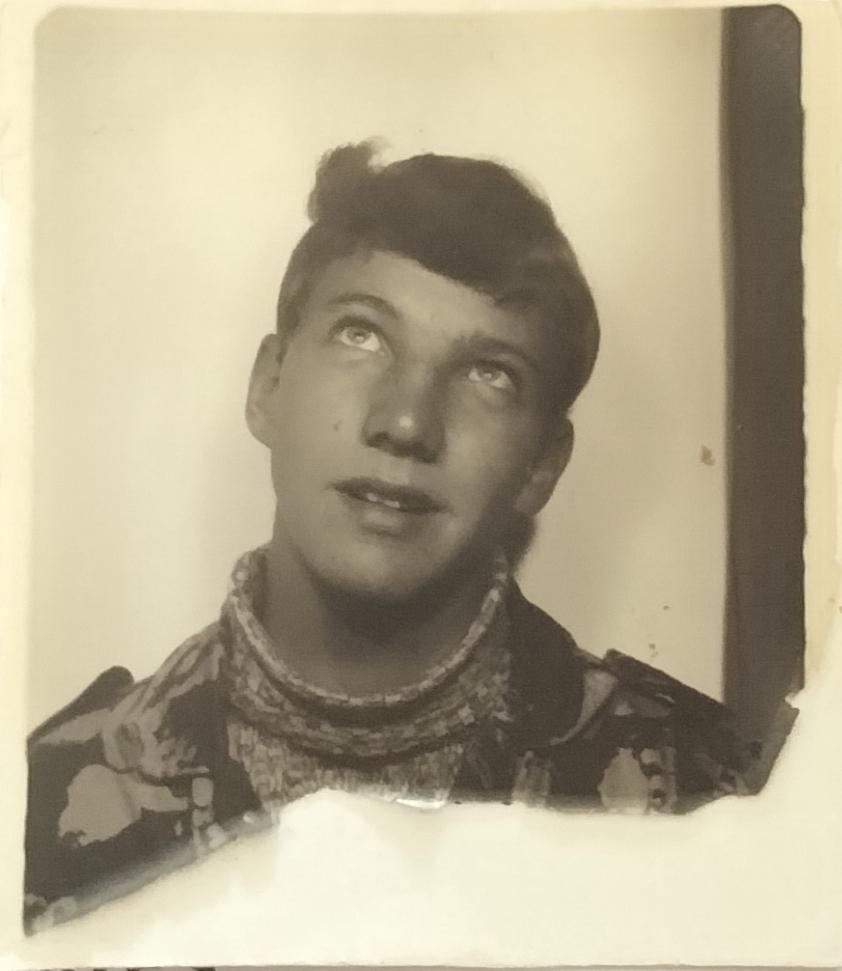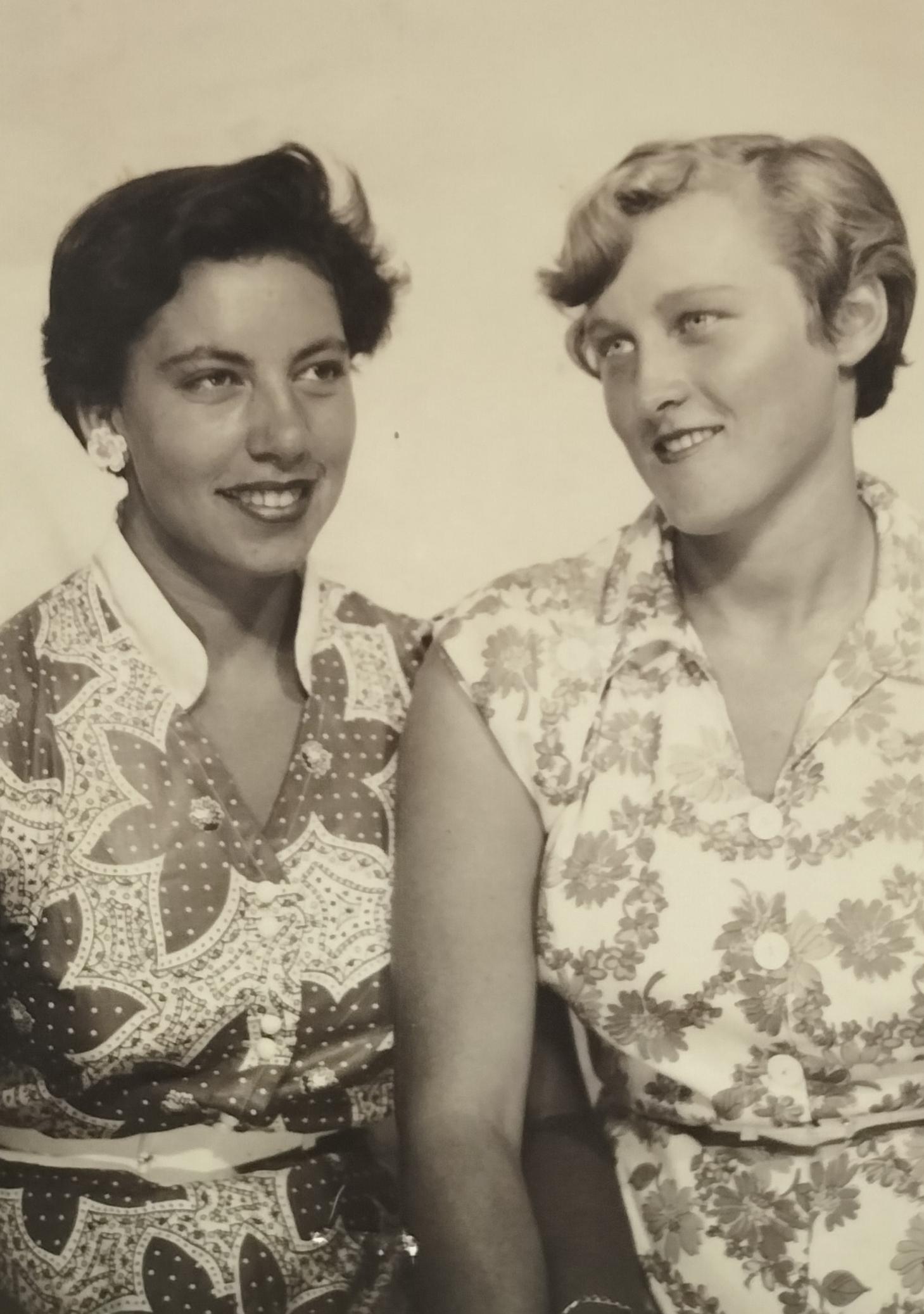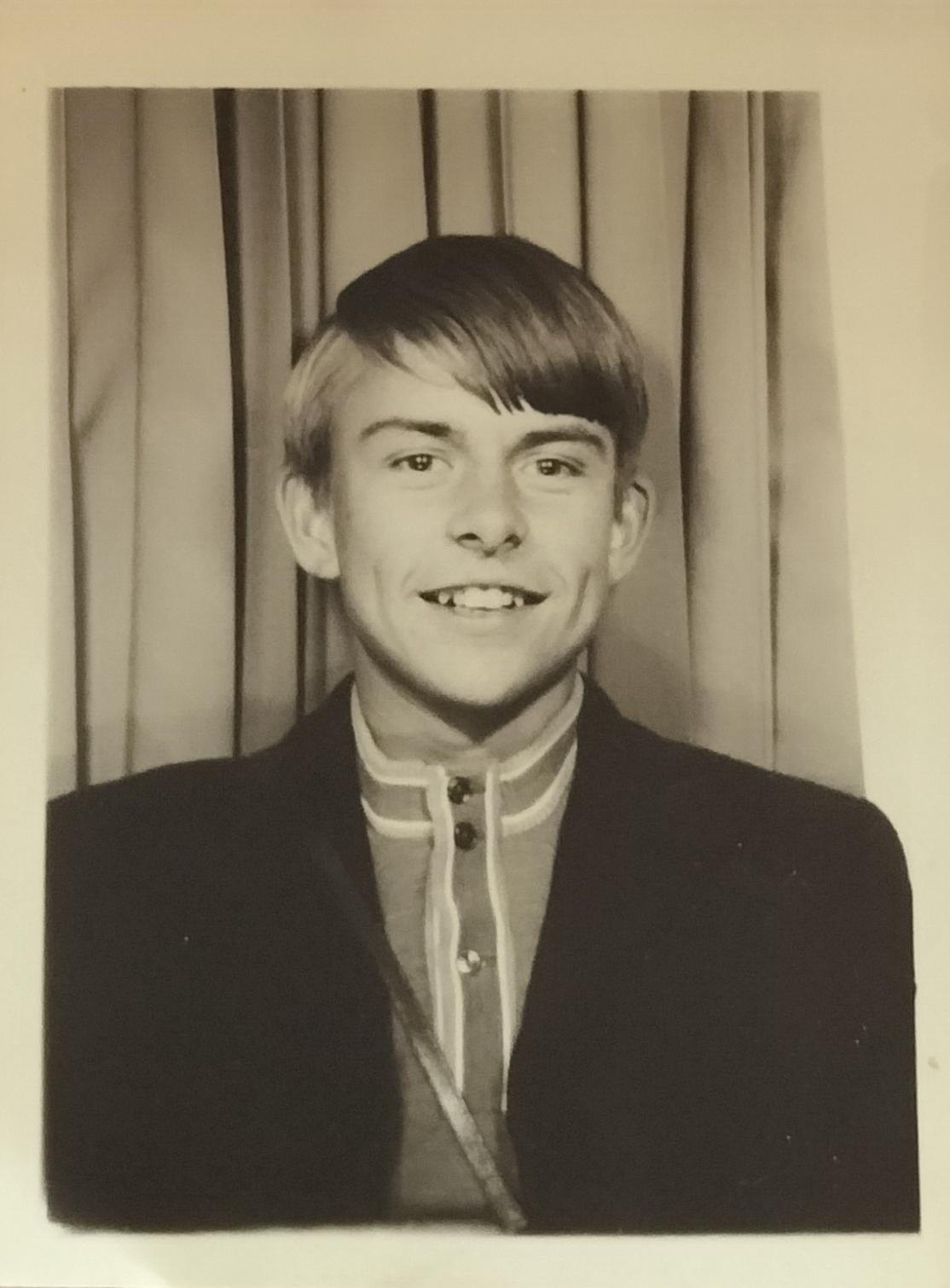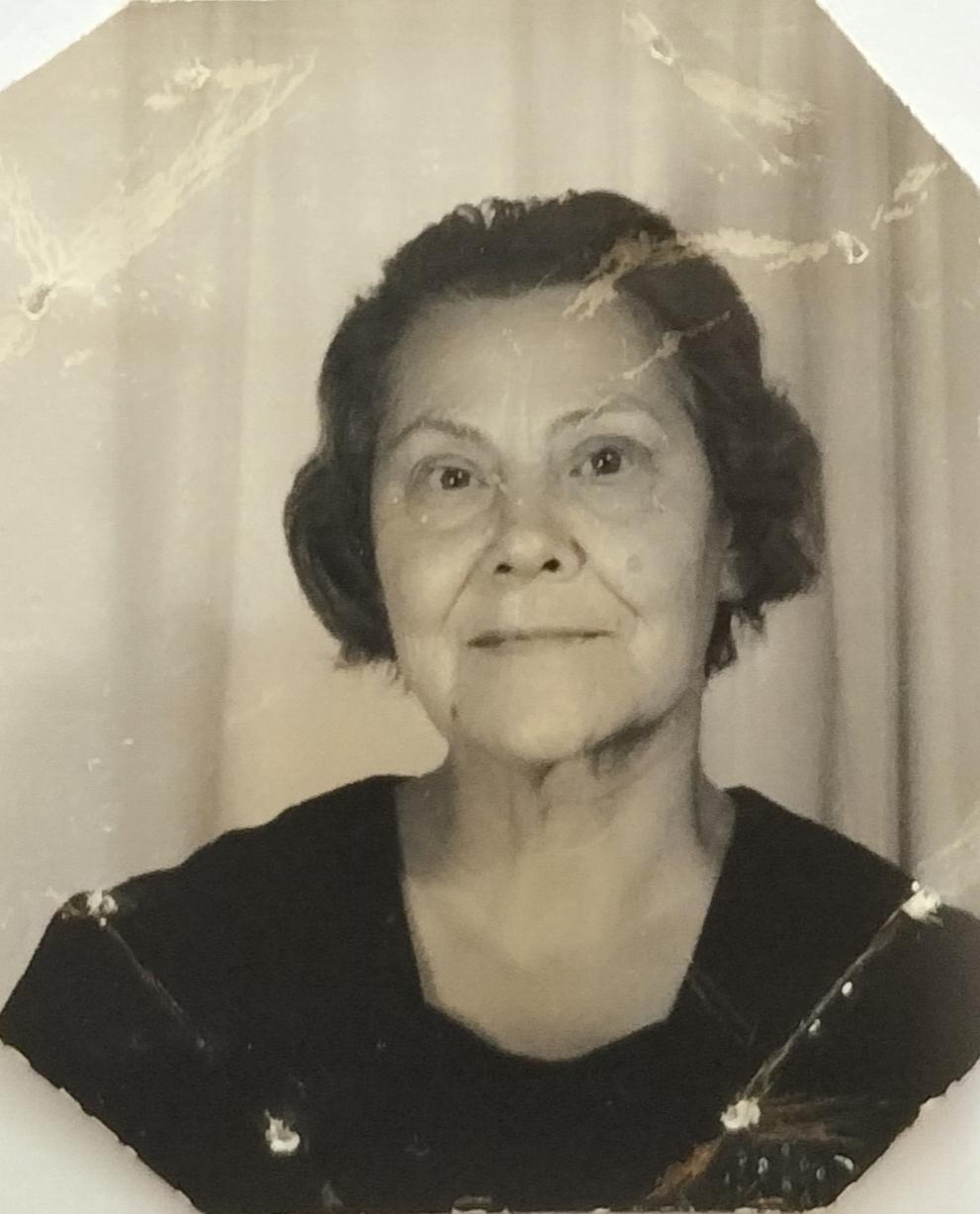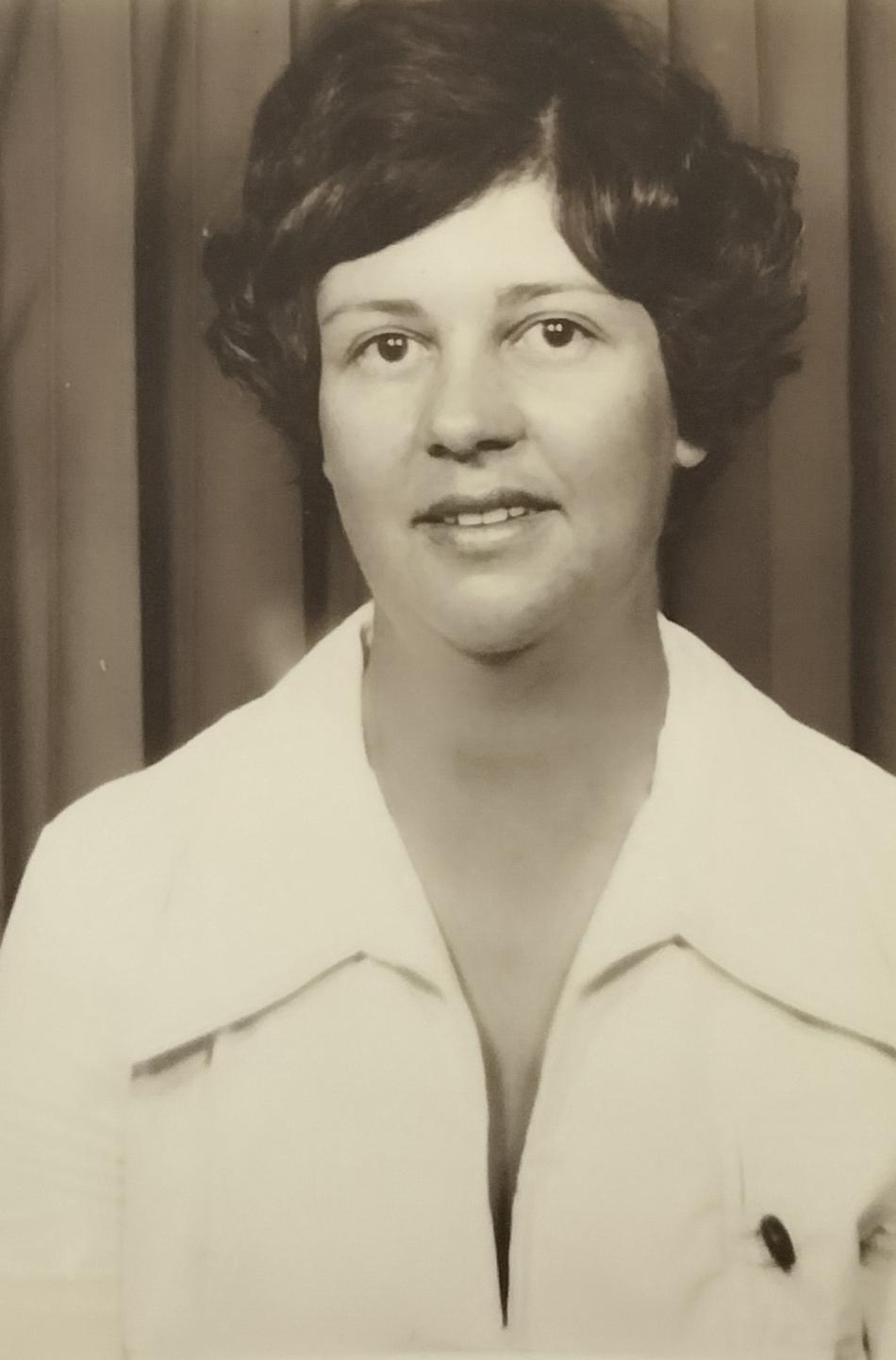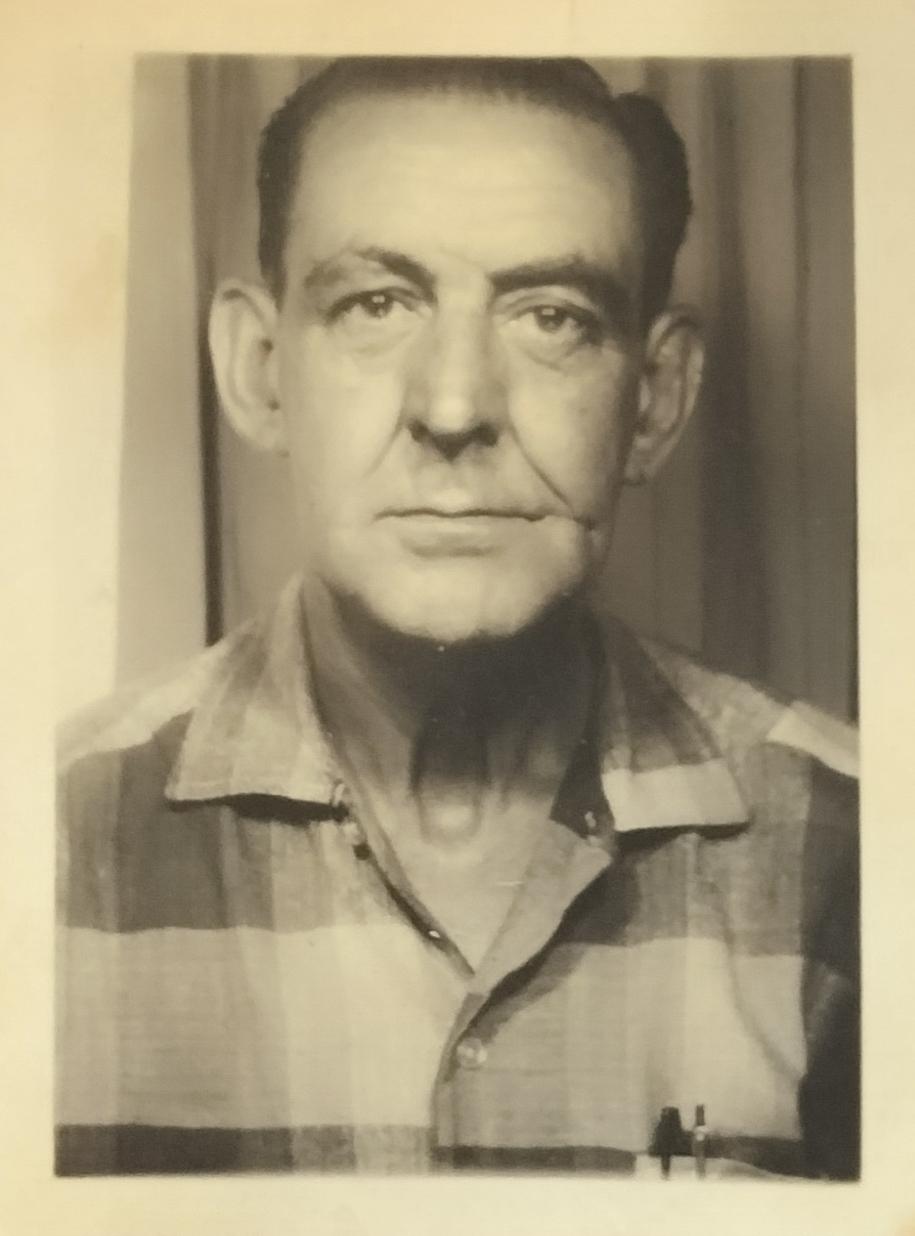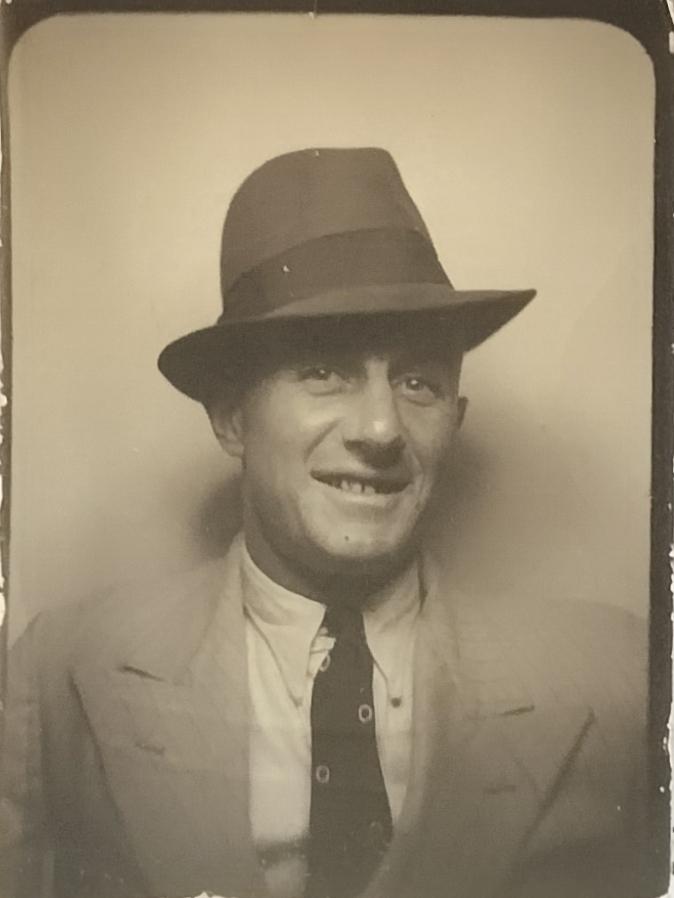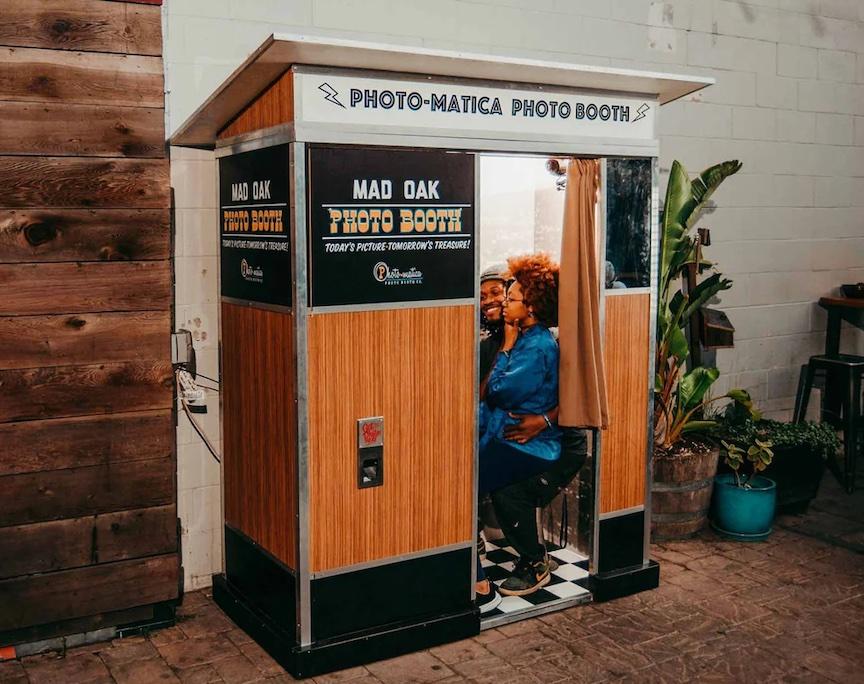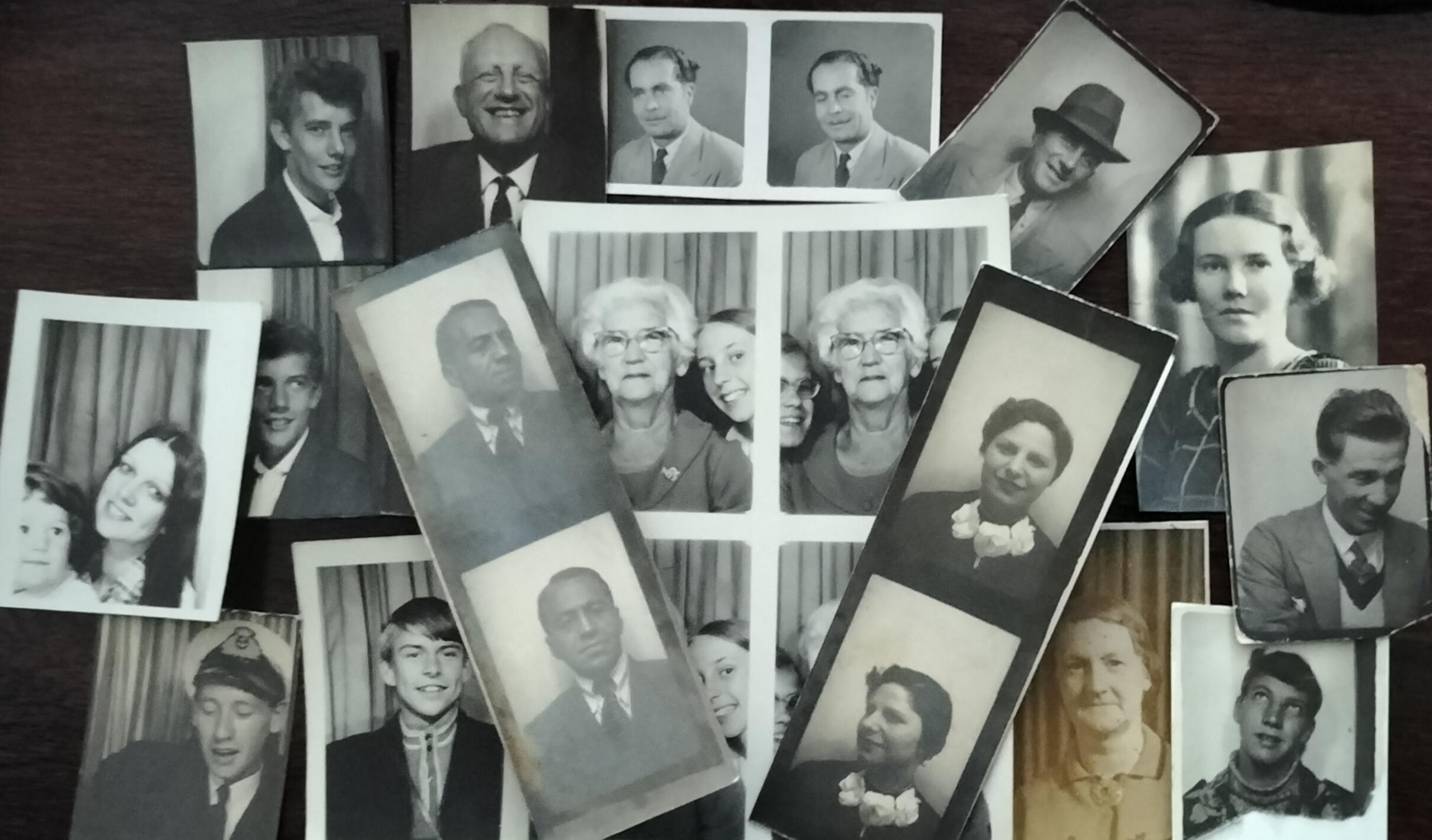
Disclaimer: Any views expressed by individuals and organisations are their own and do not in any way represent the views of The Heritage Portal. If you find any mistakes or historical inaccuracies, please contact the editor.
This year marks the 100th anniversary of the photobooth (also known as a Foto Kiosk in Afrikaans). These analogue photobooths once became ubiquitous in cities around the world, commonly found in public spaces. Sadly, they have gradually faded away, largely replaced by digital event-hire services.
Were you a “boother”? If so, what are your memories? Did you behave formally, or did you attempt a creative or ridiculous pose whilst seated in the booth? Do you still have evidence of your interaction with these early analogue devices?
As a young man, I recall using a photobooth only once—at the Pretoria Railway Station in the late 1970s, while serving there as a national serviceman. During this time, teenagers were often seen enthusiastically engaging in silly antics inside the booth. Of course, their shenanigans weren’t immediately obvious, as the half-curtain was drawn. It was only once the machine spewed out the images that their antics became clear—followed by more giggling.
Although photobooths were initially intended for passport or identity photographs, they quickly became popular among young and old for producing fun, often silly imagery. Some of the antics captured in these booths, I’ve been told, left little to the imagination (read: risqué). The benefit was that the machine retained no evidence or photographic negative.
How much fun! Unknown granny with assumingly her two granddaughters - what special memories. Both the younger girls in this image are probably in their late 40s, early 50s today (circa 1970)
Unknown couple in a Photomatic photobooth (circa 1960). The small-format photograph is framed in a small metal frame. The back of the above photograph confirms the origin of the photograph, namely a Photomatic photobooth.
Brief History of the Photobooth
The first coin-operated, automatic photobooth, called the Photomaton, was invented by Anatol Josepho in 1925 and debuted in New York City. Users inserted a coin, entered the booth, and after about eight minutes received a strip of photos. It was an instant hit, attracting crowds and sparking a global rise in automatic photobooths between the mid-1920s and 1950s.
In the decades that followed, photobooths expanded across the USA and Europe, becoming fixtures in department stores, amusement parks, and public spaces.
The Height of Photobooth Usage in South Africa (1960s–1980s)
South Africa was a relatively late adopter of these devices. The exact date of the first photobooth’s arrival in South Africa remains unknown. However, based on images in the Hardijzer Photographic Research Collection (HPRC), it is hypothesised that photobooths were introduced around the early 1940s. They soon populated public spaces such as railway stations, shopping centres, amusement areas, and arcades. Individuals or small companies typically owned these coin-operated booths.
By the 1960s, photobooths were everywhere. During this time, they became more than just functional—they were a way to capture moments of fun and spontaneity. Many people visited photobooths for quirky experiences, like taking silly pictures with friends, turning them into a form of social activity.
In the 1970s, modern automatic photo-processing technology was developed, allowing photobooths to produce photos instantly, without the need for traditional development. This made them even more appealing, as the photos were available almost immediately.
The typical “photo strip” produced by photobooths contained four or six images in a row, inspired by passport-style photo formats.
Photobooth image of JB Els who was attached to a mine in Phalaborwa (circa 1970)
The sitter on this strip of photobooth photographs is thought to be a Myerson (circa 1970)
Strip of 4 photobooth photographs of an unknown couple (circa late 1960s)
Strip of two remaining photobooth photographs of an unknown sitter (circa 1970s)
How Analogue Photobooths Work
Analogue photography is the traditional method of capturing images using film, where light reacts with chemicals on a film roll to create a latent image. After exposure, the film is developed through chemical processes in a darkroom to make the image visible, which can then be printed as a physical photograph. This process, which predates digital photography, is known for its distinctive aesthetic - rich grain and a tactile, retro feel.
An analogue photobooth is a mechanical, film-based machine that captures and develops images without digital sensors or printers. Unlike modern booths that simulate vintage aesthetics with filters, analogue booths create real, chemical-based photo strips - often using 35 mm film and darkroom-style development. Every session is truly one of a kind, giving the sitter a tactile, time-tested piece of nostalgia.
Vintage photobooths operated using a blend of mechanical precision and photographic chemistry. When the shutter was pressed inside the booth, a 35 mm film roll advanced, exposing the frame to light through the lens. The film then travelled through a dark chamber where the photo was developed using classic chemical processes, resulting in authentic photo strips. This hands-on, analogue method created unique keepsakes full of character and charm.
Identifying a Photobooth Photograph
Identifying a photograph that originated from a photobooth can be hit or miss, as some may have been taken in traditional studios. However, several telltale signs can help:
- The photo is part of a strip or shows tears where another image was removed.
- Curtains in the background -both the drawn curtain and a backdrop curtain.
- The sitter’s pose - fun or silly poses are often a giveaway.
- The size—photobooths typically produced standard ID-sized images.
The pose was probably not intended in that the sitter moved at the time the shutter released. Tear marks can be seen from where the image was separated from the remainder of the strip.
Unknown young sailor fooling around in the photobooth - probably a young conscript (circa 1970s)
This torn photobooth photograph of unknown young man is evidence that the image was torn from a strip of photographs (circa 1970s)
Digital Revolution (1990s–2000s)
The digital age brought significant changes to the photobooth industry. In the 1990s, booths began incorporating digital technology, allowing users to preview images and add fun effects (like funky backgrounds or props). By the mid-1990s, the first digital photobooth was introduced, shifting the industry away from film-based photography to digital sensors and printers. This allowed for more flexibility, including printing multiple copies and sharing images digitally.
Closing Thoughts
Ongoing research is needed to confirm when the first analogue photobooth arrived in South Africa and the identity of the initial importer or distributor.
Technological advancements - such as colour photography, automation, and digital imaging - have transformed photobooths over the years. Today, photobooths in South Africa, mostly provided by event hire companies, are vibrant, tech-forward, and designed for memorable activations at weddings, corporate events, and parties.
From the late 1990s into the early 2000s, major photobooth companies began replacing analogue machines with digital versions. American historians estimate that only 200 functional analogue photobooths remain in the USA.
Abroad, a small community of technicians, owners, collectors, and enthusiasts continues to maintain these original booths. Vintage analogue photobooths require regular maintenance, and the technology needed to keep them running often involves parts no longer manufactured. The skill of servicing these booths has also largely been lost.
Some booths were adapted—retaining their retro exterior but fitted with digital components. Others were discarded and recycled.
I cannot help but wonder whether any of these have survived in South Africa.
Two unknown ladies having fun in a photobooth (circa 1960)
This photobooth photograph is dated 19 December 1972 on the back and has been addressed to "Tannie Santie met baie liefde van Willem"
This photobooth photograph has been signed at the back by Mrs Geyer on 12 February 1976
A formal photobooth photograph of unknown sitter (circa 1970)
A formal identity photograph of unknown sitter (circa late 1970s)
This photobooth photograph of unknown sitter has been addressed to Kriege from Cobby/Cabby (circa 1970s)
A typical vintage photobooth (Photomatica)
About the author: Carol is passionate about South African Photographica – anything and everything to do with the history of photography. He not only collects anything relating to photography, but also extensively conducts research in this field. He has published a variety of articles on this topic and assisted a publisher and fellow researchers in the field. Of particular interest to Carol are historical South African photographs. He is conducting research on South African based photographers from before 1910. Carol has one of the largest private photographic collections in South Africa.
Sources
- Autofoto (2025). 100 Years of the Analogue Photobooth. www.all-about-photo.com/photo-articles
- Demopoulus, A. (2025). Photo Booth Fans Chase Down the Vanishing Machine: ‘Kissing Inside One Is Really Fun.’ www.theguardian.com
- Research on photobooth history conducted via ChatGPT
- Pinterest – Photo booth pictures. pinterest.com
- Umana, L. (2024). The Photobooth Turns 100. www.nbcnews.com/news
- Unknown (extracted 26 August 2025). Analog Photo Booth Guide: How Vintage Photo Booths Still Capture the Moment. www.photomatica.com
- Wikipedia (extracted 15 September 2025). Photo booth. Wikipedia.com
Comments will load below. If for any reason none appear click here for some troubleshooting tips. If you would like to post a comment and need instructions click here.

